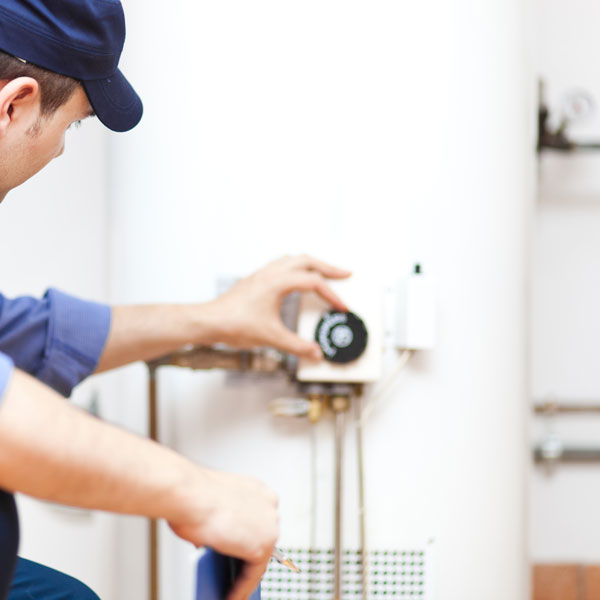Water Heater Help!
What Do I Do if My Water Heater Is Leaking Water Onto My Floor?
If your water heater is leaking water onto your floor, we recommend turning off the water heaters supply shut-off valve and your homes water main shut-off valve to be sure that the water will stop. After the water is turned off, open a faucet in the house to let any pressure off of the system. If you have turned the proper valves off, the water should stop coming from the faucet in just about a minute. Doing this could be just what you need to prevent a more serious and expensive flood. As soon as you have done this, call Speedy Water Heaters!

The Thermostat Setting
The average temperature setting on your water heater’s thermostat is between 120 and 125 degrees — a good temperature for general home use but not so hot that scalding is a risk.
A higher temperature can give you more hot water and long showers, while a lower temperature is going to help you decrees your energy bill.
Inside Your Water Heater
Here is a quick overview of the components that make up a tank-style water heater.
- Tank: Your water heater tank typically holds between 40 and 80 gallons of hot water at around 50 to 100 pounds per square inch (PSI), within the pressure range of a typical residential water system.
- Heating Unit: Electric water heaters have heating elements that heat your water. But water heaters that use gas have a burner and chimney system.
- Thermostat: Like the one in your home, the thermostat in your water heater regulates the temperature of your water.
- Dip Tube: Water makes its way into the water heater through a “dip tube” and then travels to the tank bottom to be heated. Cold water comes into the system and then runs through the element (or burner), also knows as the heating mechanism.
- Shut-off Valve: This valve stops water from traveling into the tank. It’s located outside the unit and above the unit.
- Heat-Out Pipe: This is located above the tank near the top. It is the left side pipe if your are facing the water heater. This is the pipe where the hot water leaves your tank.
- Drain Valve: Located at the bottom of your tank, the drain valve makes it possible to empty the water heater so that you can move it, replace parts, or flush out sediment.
- Pressure Relief Valve: This is a safety device that Keeps the pressure inside the water heater down to a safe limit.
